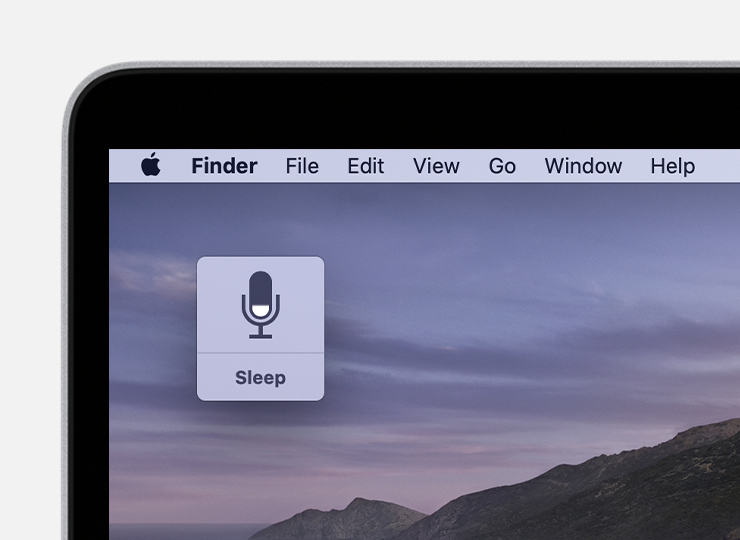

- #How to do voice recording on macbook air how to#
- #How to do voice recording on macbook air Activator#
- #How to do voice recording on macbook air pro#
There’s no right or wrong answer here, but you’re going to have to listen to your voice over and over to see what makes sense for you. You may want to play around with this a bit, but in general I use -6dB so I have more freedom to laugh on mic. Only sounds above that level will be compressed. The threshold is the point where you want the compressor to start bringing your peaks under control. To avoid this, use the compressor (or sometimes called “speech volume leveler”) to bring the peaks of your voice below the clipping point, and the quietest parts up to an audible level.


As always, record with the highest bit depth you can. This is accomplished by reducing the dynamic range of a track in a way that’s not going to damage the quality (much). A compressor can be used to prevent clipping in samples, as well as bring up the levels of quieter sounds in your voice recording. Consequently, you’re going to want to use what’s called a “compressor” to help even these out.
#How to do voice recording on macbook air how to#
Unlike your brain, your recording equipment will likely not know how to interpret wild swings in volume. The DAW will then remove the noise based on the patterns you’ve given it, removing crackles and hisses from your file even when there’s other sound present. Don’t miss: Audio mixing 101: Everything you need to know to create your first track You should aim to have at least 5-10 seconds of noise to give the DAW, but that’s probably a little overkill. The cleaner the sample of noise is, the better it’s removed from the final recording. Many DAWs will have a de-noise option where you can select sections of nothing but noise to train the program to remove the right stuff. See where there are noise peaks on the voice recording, and then turn down the level until there’s no more (or very little) noise. In general, you should never apply any more noise reduction than you need, and recording the dead air will allow your DAW to find that magic number quickly. Leaving this dead air will also allow you to figure out important things, like how much noise you need to remove, and how to set the limit on what gets removed from your voice recording. De-noise manuallyĭid you leave a lot of dead air time at the beginning of your recording? Good!
#How to do voice recording on macbook air Activator#
If you have to crank the gain knob to get a usable level, your noise problems may be solved by a mic activator like the Cloudlifter CL-1 instead. This way, you can improve your audio in several ways that you wouldn’t otherwise be able to do. While this may sound weird, you should always leave a bunch of dead air at the beginning and end of your audio. Be sure to leave long periods of silence after starting a voice recording

#How to do voice recording on macbook air pro#
You may even get the software bundled with your equipment-for example, the Scarlett 2i2 comes bundled with Ableton Live! and Pro Tools. Free apps like Audacity have very limited uses, but can help in a pinch. Reaper, Pro Tools, and Audition will all set you back some cash, but what you get in return is outstanding. There are plenty of DAW applications out there for different uses, so test out some free trials and see which ones you like. Adobe’s Audition on the other hand, will only layer effects on top of the original file, allowing you to change your recording’s effects to suit your needs later. For example, Audacity is a great free tool if all you’re doing is capturing a basic recording, but the effects it uses will change the original file.


 0 kommentar(er)
0 kommentar(er)
